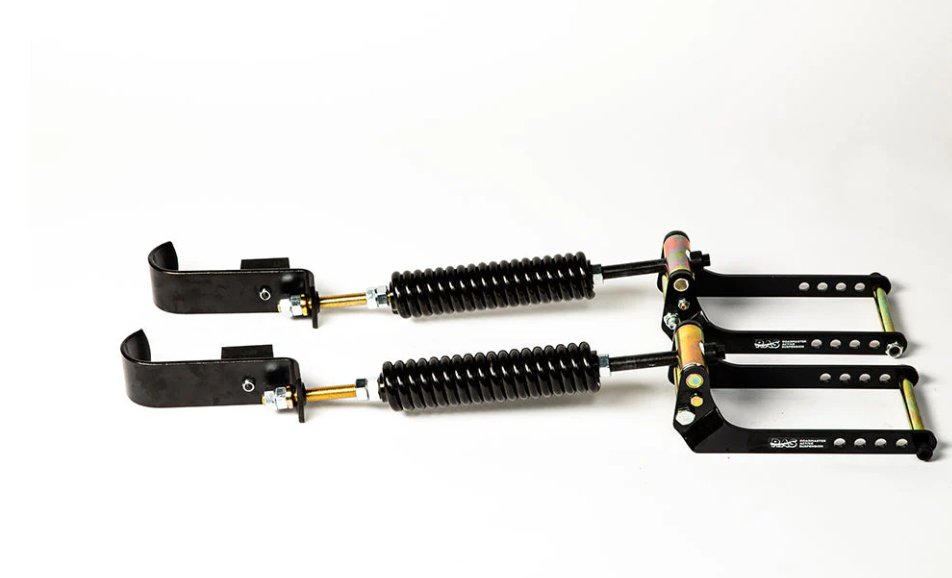
How Do Helper Springs Work?
Helper springs are frequently overlooked by their more visible suspension counterparts. However, they are essential in improving your vehicle's performance and stability. But how do helper springs work?
Understanding the Basics
It is essential to review the refined mechanics of how helper springs work and how they affect your driving experience. A helper spring kit is an auxiliary suspension component. They add support to your vehicle's primary suspension system.
When used with main springs, helper springs provide several advantages, including increased load-carrying capability, stability, and greater overall control.
Types of Helper Springs
Two types of helper springs are steel springs and pneumatic (or air) springs. Many companies design helper springs with massive variations. However, the primary manufacturing is based on these fundamental types.
Helper springs are also available in different types, such as:
Progressive Helper Spring
Progressive helper springs have changeable spring rates. These springs stiffen as they compress, gradually increasing their support. This design makes for a smoother ride in typical driving situations while providing additional aid when the load increases.
Rubber Helper Spring
Rubber helper springs are simple and cost-effective. These springs, typically composed of tough rubber compounds, compress under stress to give additional support. While they may not be as flexible as other types, they excel at providing steady assistance.
How Do Helper Springs Work?
A helper spring works on the principles of load distribution and compression. When a vehicle carries a significant load or undergoes dynamic fluctuations in weight distribution, the primary suspension system may struggle to maintain peak performance. Here's where helper springs come in.
Load Distribution
When the vehicle meets a load, such as cargo or towing, the central springs contract and absorb the weight. Helper springs serve as a second line of defense, dispersing the weight more evenly throughout the suspension system.
Compression and Support
When primary springs reach maximum compression, auxiliary springs are used. They compress further, adding support and keeping the car from bottoming out. This dynamic interplay results in a smoother ride and better handling with high loads.
Advantages of Helper Springs
Helper spring, such as leaf spring helper, offers a range of benefits, including the following, to enhance your vehicle's operational efficiency and driving experience.
Increased Load Capacity
A helper spring improves a vehicle's load-carrying capability. Whether transporting freight or pulling a trailer, helper springs keep the ride level and avoid drooping.
Improved Stability
Helper springs provide stability by eliminating sway and body roll. This is especially useful while handling tight curves or tricky road conditions, resulting in a more controlled and confident driving experience.
Enhanced Lifespan
Helper springs enhance the longevity of the suspension system by reducing strain on significant components. This can lead to lower maintenance expenses and a more consistent ride.
The Bottom Line
In automobile engineering, where every component is essential, helper springs are the unsung heroes. Their ability to increase load capacity, improve stability, and lengthen the lifespan of the suspension system makes them an excellent addition to any vehicle. As you continue to investigate automobile advances, comprehending how do helper springs work gives light on the complex balance necessary for an ideal driving experience.- Choosing a selection results in a full page refresh.
!




